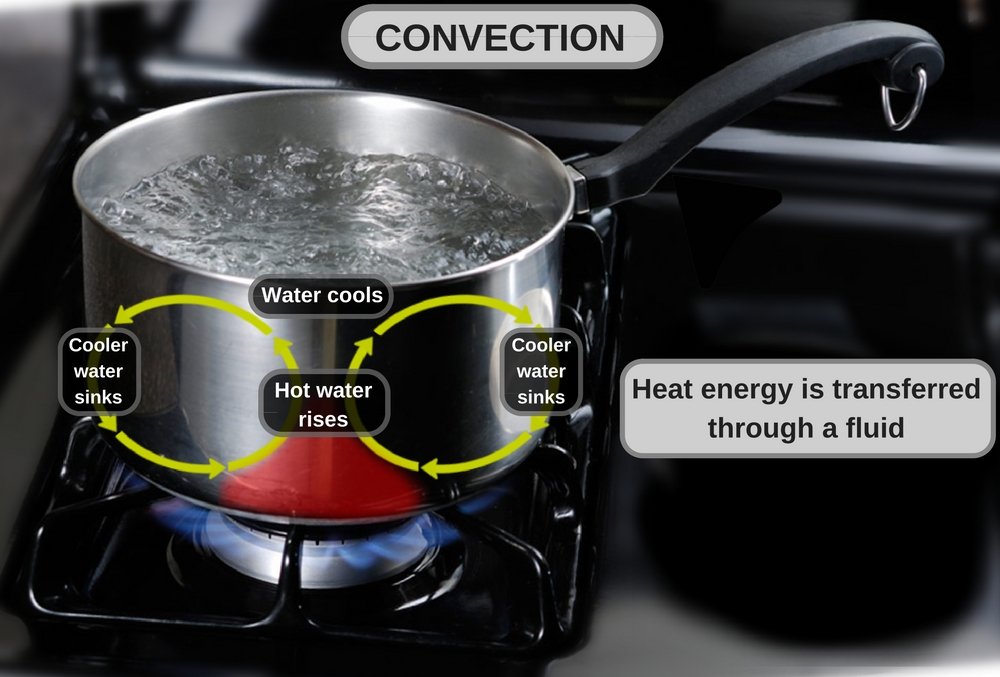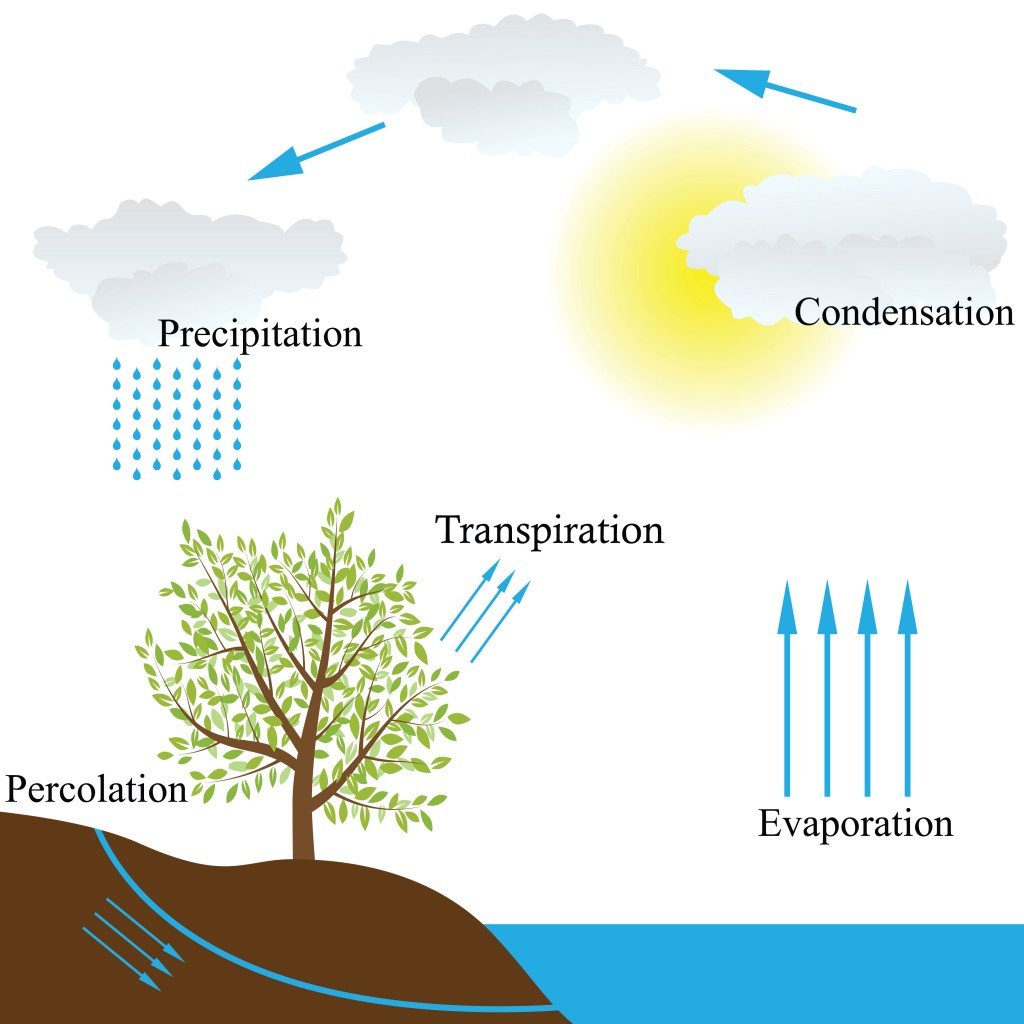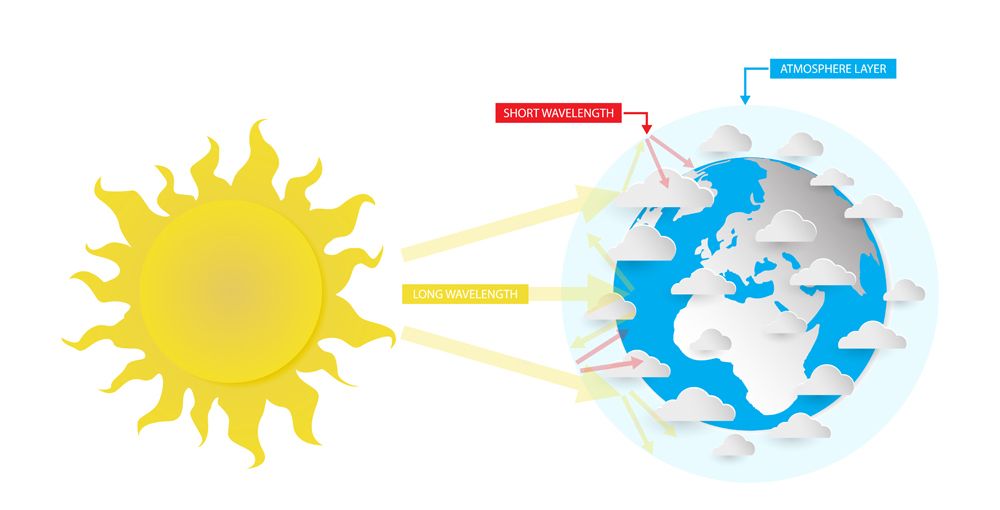Sun is the supreme source of heat and light whose energy reaches the Earth through radiation. When there’s a cloud cover its warmth reduces drastically due to insulation offered by the cloud cover.
Have you ever aspired to shine as bright as the Sun, bringing warmth and comfort to the lives of your loved ones? The Sun is not only one of the major sources of energy for us on Earth, but it is also a classic symbol of hope and optimism in our lives. It is millions of kilometers away from us, yet it never fails to fulfill its duty of providing us with heat and light, which are vital sources of life on Earth.
Imagine yourself bathing in the Sun. The streaks of sunlight soothe your feet and you feel cozy and warmed. Suddenly, clouds hover above and block the sunlight. You can’t feel the soft touch of warmth anymore. At that point, you may have wondered how it is possible for the Sun’s warmth to travel such a large distance to the Earth, yet have that warmth be blocked by the clouds…

To understand the scientific answers to these questions, let’s start with the basics. Heat flows from a body at a higher temperature to one at a lower temperature. This process of heat transfer continues to occur until both the bodies reach the same temperature, known as thermal equilibrium.
Three Different Mechanisms Of Heat Transfer:
1) Conduction
Have you ever burnt your palm accidentally while taking a dish out of the microwave? The culprit was thermal conduction.
In this process, heat, in the form of kinetic energy, is transferred from higher temperature regions to lower temperature regions that are in contact. It doesn’t involve the actual movement of the molecules from one place to another, but simply the agitated molecules pass their energy to the adjacent molecules. This process continues to occur until both the regions reach the same temperature, again, known as thermal equilibrium.
This is the simplest form of heat transfer, and mainly occurs in solids. Thermal conduction is also called diffusion.

For instance, the chocolate in your hand melts because the heat from your hand is transferred to the chocolate through conduction and raises the temperature of the chocolate, causing it to melt.
2) Convection
Do you like to watch the tea leaves move upwards while making tea? Convection is the process responsible for this meditative phenomenon.
In this process, heat is transferred by the actual movement of the molecules throughout the fluid (liquid and gas) due to differences in the densities of hot and cold fluid. This continuous flow of molecules forms a current within the fluid.
When a fluid is heated, the molecules near the heat source gain energy and start moving faster. Since they get heated and become less dense, they begin to move upwards. The heavier, colder molecules occupy their vacant spaces and the process continues. In this way, a current is established within the fluid.

For instance, land and sea breezes occur due to convection that is caused by temperature differences between the land and the sea; these, in turn, lead to temperature differences in the air above the land and the sea.
3) Radiation
You can feel the warmth of a campfire, even if you are sitting a little ways from it. Radiation helps in the transfer of heat in this case.
In this process, the transfer of energy occurs by the means of photons (packets of energy) in electromagnetic waves. Electromagnetic waves like light, microwaves, and infrared radiation need no medium for propagation. They are absorbed by a body without any physical contact.
Also Read: To Keep A Cup Warm, Should You Hold It In Your Hands Or Put It On The Table?
How Does The Sun’s Warmth Reach The Earth This Far?

Radiation is the phenomenon through which the heat from the Sun reaches us by propagating through the vacuum of space. Sunlight reaches the Earth in about 8 minutes and 20 seconds. When this energy reaches the Earth’s atmosphere, both conduction and convection play key roles to scatter it throughout the planet.
Why Can’t The Sun’s Warmth Reach Us Through Cloud Cover?
To answer this question, we need to understand the term ‘thermal insulation’.
Thermal Insulation
Thermal insulation is the process of creating a barrier between hot and cold bodies to prevent the transfer of heat energy.
Materials that help in insulation are known as insulators. Heat energy cannot flow through insulators, thus restricting transmission.

Clouds act as insulators that block the heat from the Sun. That’s why you don’t feel the sunlight’s warmth when there is cloud cover. This property of clouds is essential in maintaining the optimum temperature of the Earth at night. The cloud cover around the atmosphere traps the heat escaping from the Earth’s surface and keeps us warm.
Also Read: If Heat Cannot Travel Through A Vacuum, Why Does The Sun Feel Hot?
A Final Note
For centuries, the Sun has been worshipped as a God, and a provider of life on this planet. The energy that we derive from the Sun is life-sustaining. This energy is generated by the process of nuclear fusion. At high temperature and pressure, hydrogen nuclei fuse to form one helium atom, releasing a tremendous amount of heat and light.
A little bit of scientific inquiry into everyday phenomena and happenings can give you a deeper understanding of your surroundings, so continue your search for knowledge and learning!
Also Read: Where Do Stars Get Their Hydrogen From?

How well do you understand the article above!

